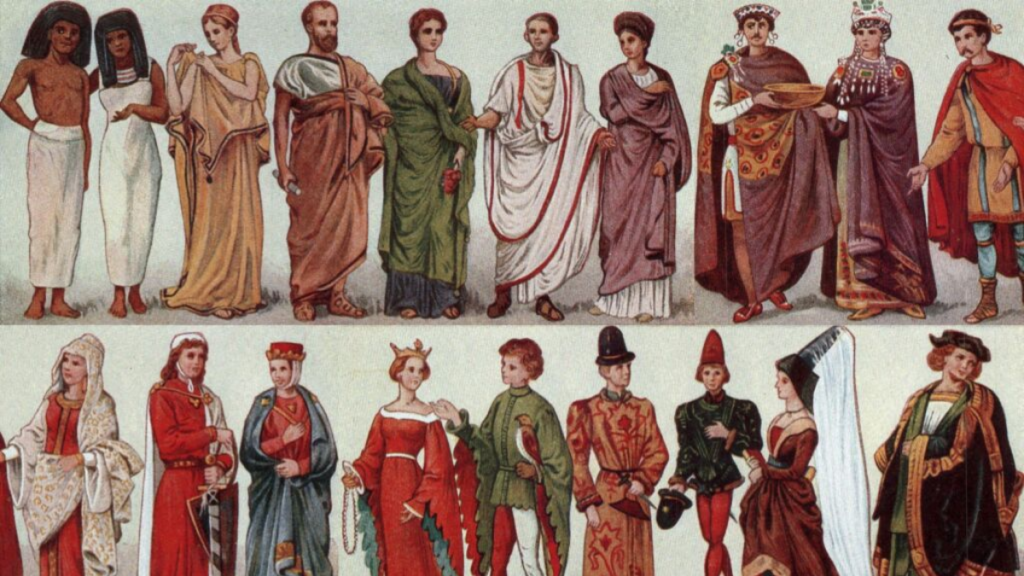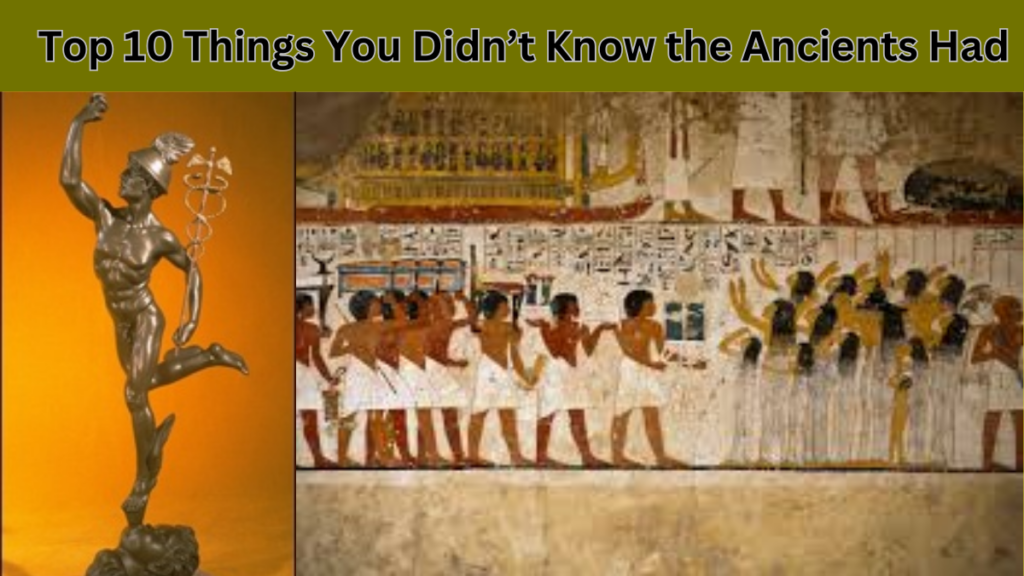Top 10 Ancient Inventions

Discover the top 10 ancient inventions that shaped human history, from the knife and fire to the wheel and musical instruments. Explore.the ingenuity of early civilizations and their innovations, many of which still influence themodern world today.
1. Knife (2,500,000–1,400,000 BC)

The knife is the oldest tool known to humanity, dating back between 2.5 million to 1.4 million BC. Early knives were made by flaking rocks to create sharp edges. Archeologists discovered Oldowan tools, a collection of stone implements used by early hominids, making this a pivotal invention for hunting, survival, and daily tasks.
2. Fire (1,000,000 BC)

The control of fire around 1 million BC was one of the most transformative achievements in human history. It allowed our ancestors to cook food, reducing the risk of disease, and enabled them to clear land for agriculture. Fire also provided warmth and protection from predators.
3. Housing (500,000 BC)

Though early humans sought shelter in caves, they began constructing huts as early as 500,000 BC. One remarkable archeological find in Tokyo uncovered a house built with 10 posts forming a pentagon, along with several stone tools, marking the shift towards intentional living spaces.
4. Clothing (500,000–100,000 BC)

Primitive clothing made of fur, leather, and plants emerged between 500,000 and 100,000 BC. It initially served to protect humans from the elements but later became decorative. Interestingly, scientists used body lice—which require clothing to survive—to estimate when humans first began wearing clothes.
5. Spears (400,000 BC)

Spears, crafted from wood, are among humanity’s earliest weapons, with evidence suggesting their use began around 400,000 years ago. Some anthropologists argue they could have been used as far back as five million years ago. By 250,000 BC, humans had developed stone-tipped spears, greatly improving their effectiveness.
6. Pigments (400,000 BC)

Pigments were used as early as 400,000 BC for body decoration and painting. Natural pigments like ochre and iron oxide were applied in cave art, while rarer pigments like blue and purple became symbols of wealth and royalty due to their scarcity and high cost.
7. The Boat (60,000 BC)

Humans first used boats around 60,000 BC, and by 50,000 BC, Australian Aborigines’ ancestors had crossed the Lombok Strait. By 2500 BC, the Egyptians were building sophisticated watertight boats with hulls sealed using pitch and nails.
8. Musical Instruments (50,000 BC)

The earliest musical instruments, such as bone flutes, were made from mammoth tusks and date back to 50,000 BC. Some flutes found from 9000 BC remain in excellent condition and are still playable, showcasing the importance of music in early human culture.
9. Twisted Rope (17,000 BC)
Rope has been in use since prehistoric times, initially made from vines twisted together for strength. Fragments of man-made rope discovered in French caves date back to 15,000 BC, while the Egyptians had developed specialized tools for rope-making by 4000 BC.
10. The Wheel (5000 BC)

The wheel is one of the most influential ancient inventions, first appearing in Sumer (modern-day Iraq) around 5000 BC. By 3000 BC, it had spread across the Indus Valley civilization. Interestingly, wheels do not occur naturally on a macro scale, proving that this was a purely human innovation.


